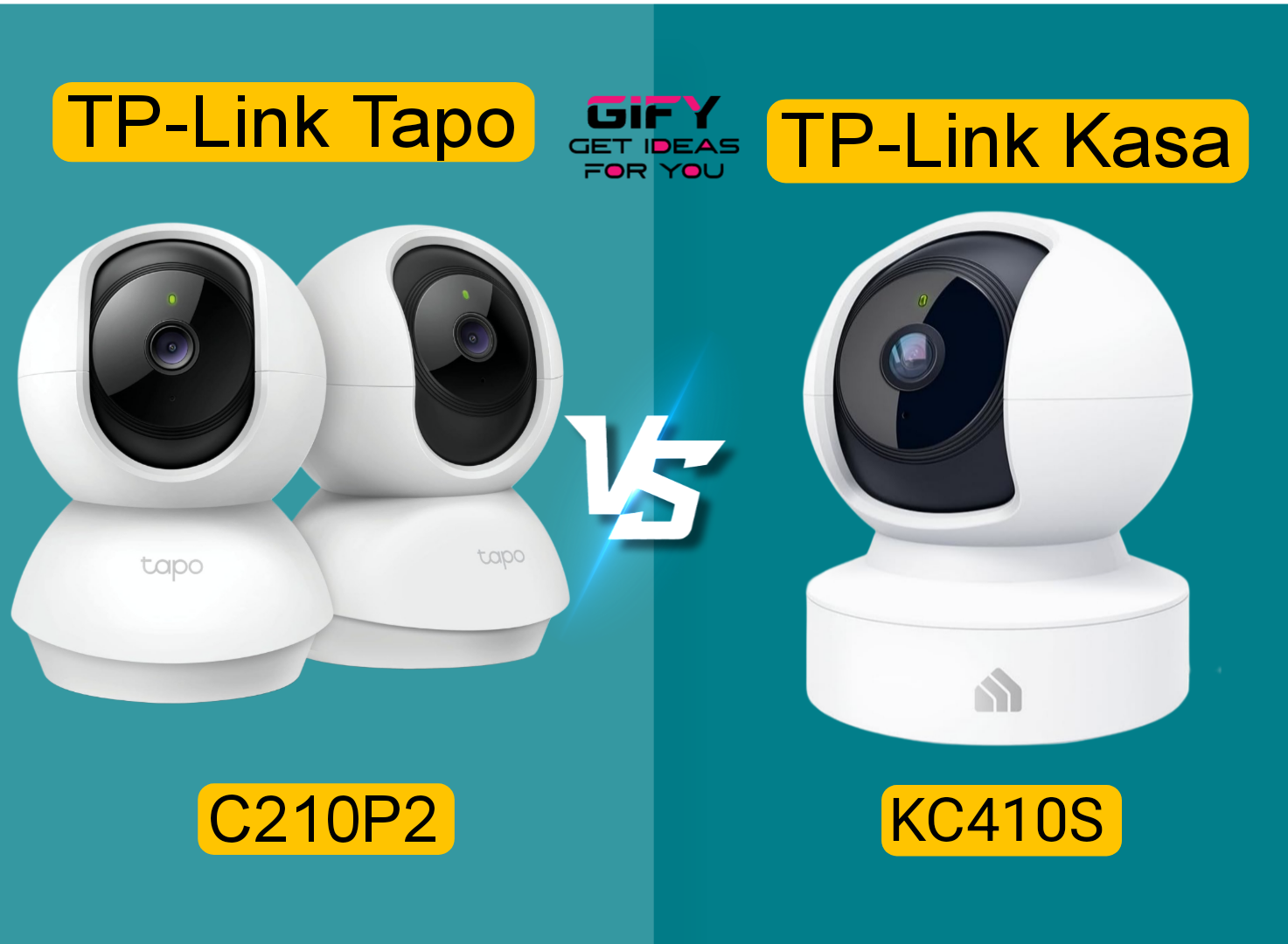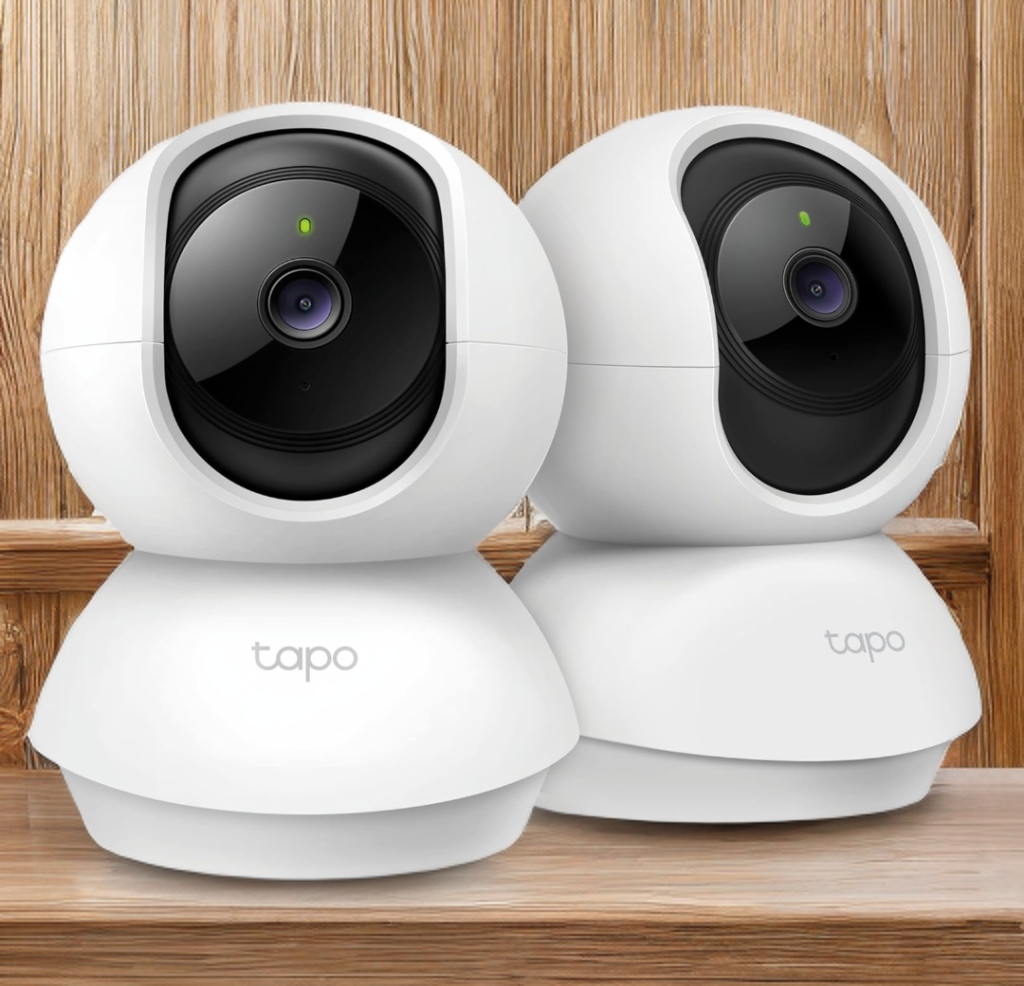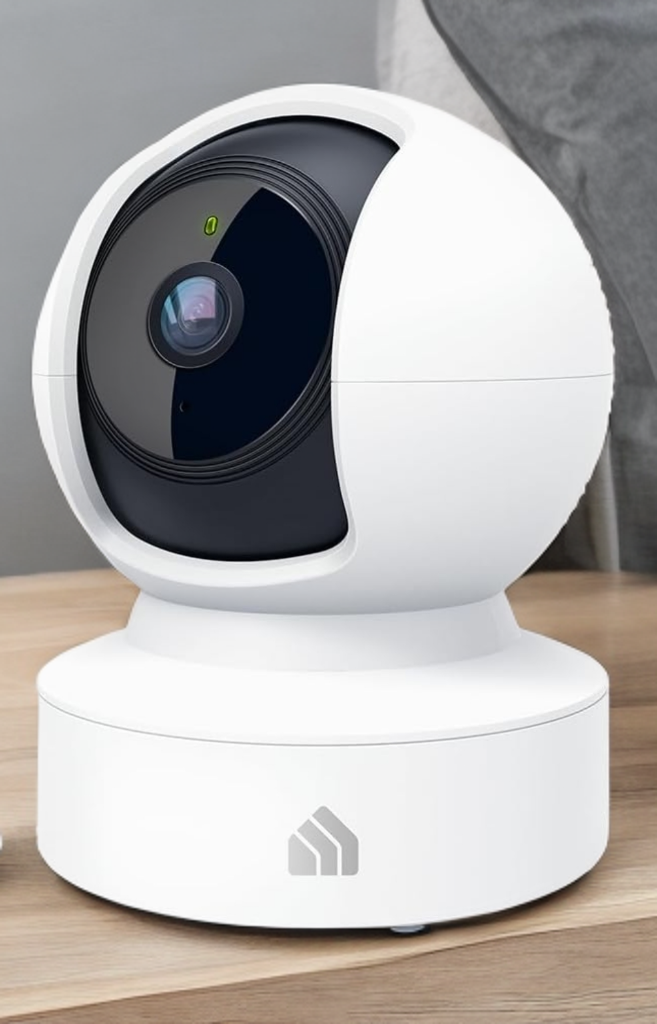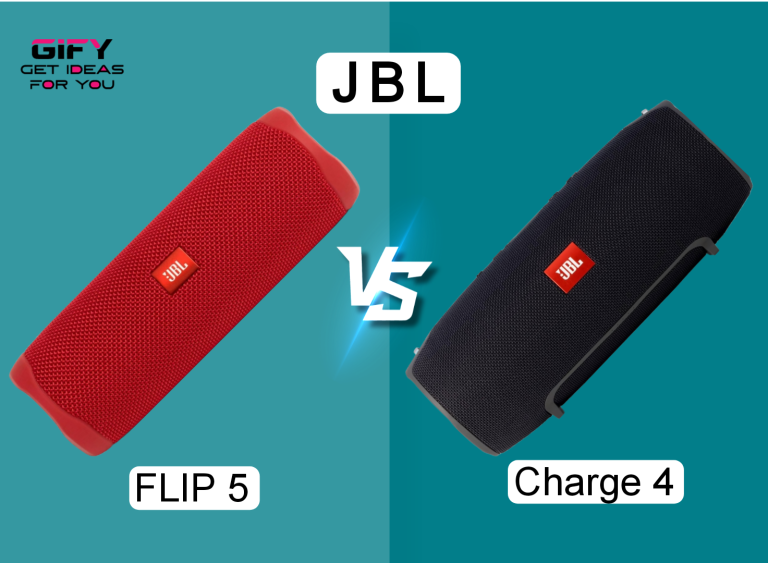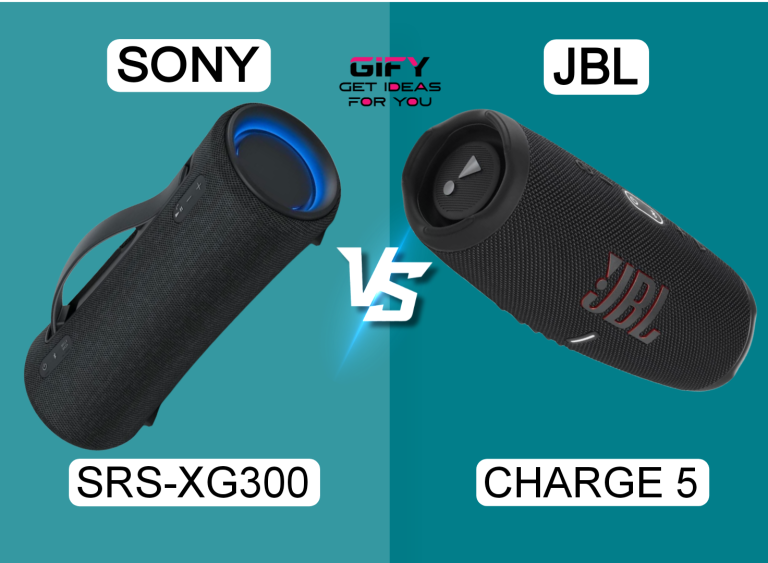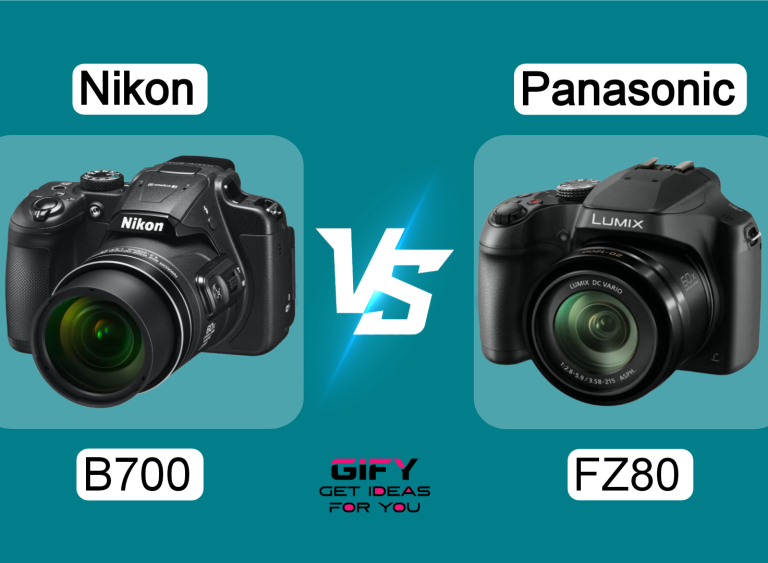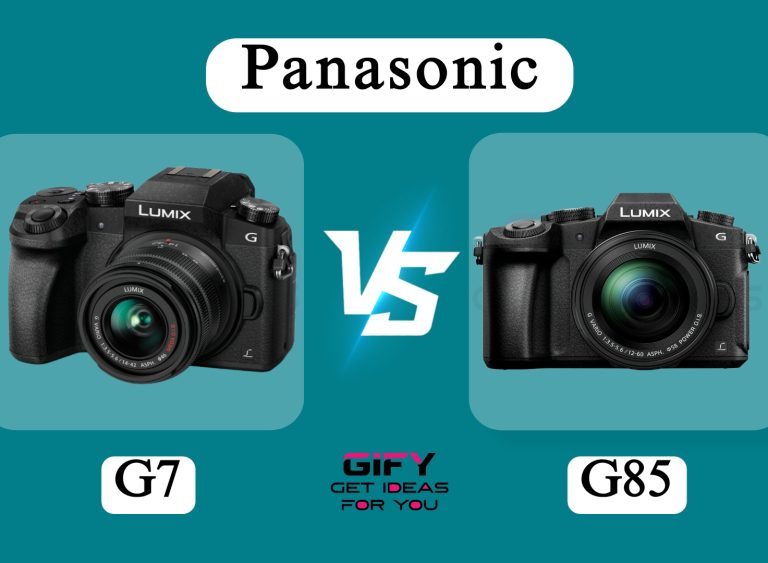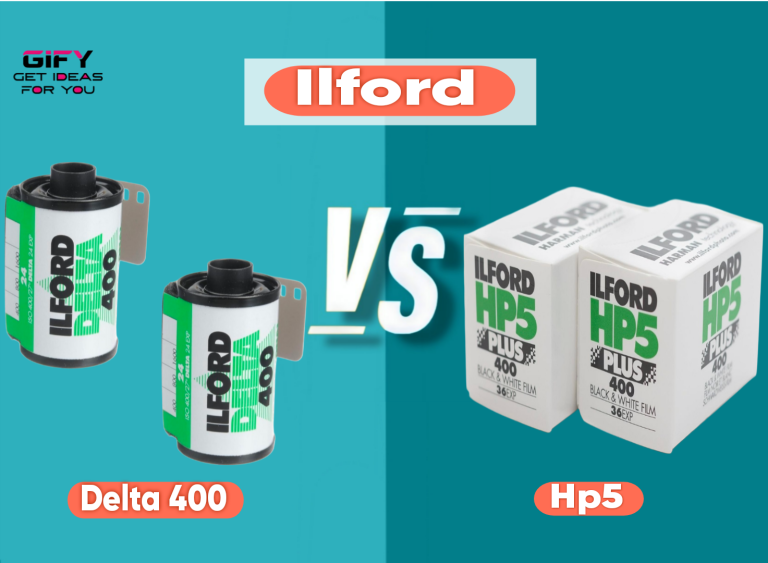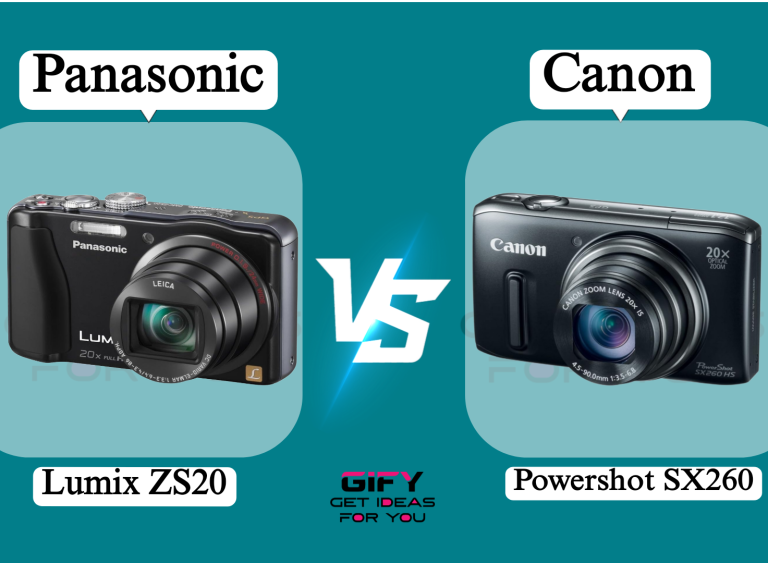TP Link Tapo vs Kasa is a simple comparison of two popular indoor security cameras. This article breaks down features that matter to buyers.
You will learn about video quality, night vision, smart home support, and storage options. The goal is to help you pick the right camera for your home.
The comparison uses clear facts and short explanations. Each product gets a focused review with pros and cons. You will find a side-by-side look at shared features. The writing keeps sentences short and easy to read for all readers.
This guide suits people who want a baby monitor, pet camera, or home security device. It highlights real differences you can feel in daily use. It also explains app controls, storage options, and voice assistant compatibility.
Read on for a full breakdown, helpful verdicts, and practical FAQs. Use this article to decide which camera fits your lifestyle and setup best.
TP-Link Tapo – Security Camera for Baby Monitor
The Tapo camera targets home users who want clear video and easy controls. It records in 2K HD. You can pan and tilt the camera to cover large rooms.
The camera links with Alexa and Google Assistant. It sends instant alerts for motion and sound. You can share the camera feed with family members easily.
Detailed Overview
This Tapo model records in 2K high definition. The higher resolution helps you see small details like what your baby is holding or what your pet is playing with. It uses a 360° horizontal pan and 114° vertical tilt range.
The camera covers an entire room with smooth movement. Night vision reaches up to 30 feet. You can use two-way audio to talk through the app. The built-in siren lets you deter intruders or alert family members.
The Tapo app provides motion, person, and baby-cry detection. It sends instant push notifications. You can view footage on an Echo Show or Google Chromecast device by voice.
The device supports local device sharing so two phones can view the feed. The power comes from a corded adapter that supports 100–240 V, and it connects to 2.4 GHz Wi-Fi.
What Is Good
✅ 2K resolution gives sharper images than many 1080p cameras.
✅ Wide pan/tilt range covers whole rooms with fewer blind spots.
✅ Night vision up to 30 ft keeps rooms visible in darkness.
✅ Two-way audio and built-in siren add safety and convenience.
✅ Device sharing allows family members to view the feed together.
What Is Bad
❌ Works only on 2.4 GHz Wi-Fi, not on 5 GHz networks.
❌ No clear native cloud plan in the product listing; may need local storage.
❌ App features can feel limited compared to advanced smart home systems.
Overall Verdict
The Tapo camera suits users who want high video clarity and room coverage. The 2K feed helps with fine detail like faces and small objects. The pan and tilt make it ideal for living rooms,
nurseries, and hallways. It also integrates well with Alexa and Google Assistant for easy voice control. Choose Tapo if you value resolution and simple monitoring features at a fair price.
TP-Link Kasa – Motion Detection for Baby & Pet Monitor
The Kasa camera focuses on smart home automation and advanced detection. It uses AI to detect people, motion, and sound. The camera supports
local MicroSD storage up to 256 GB and optional secure cloud storage with AES encryption on AWS. The device links to Kasa Smart Actions for automation between Kasa devices.
Detailed Overview
Kasa KC410S uses advanced AI algorithms for accurate detection. The camera notifies your phone in real time for people, motion, or sound. It supports night vision up to 30 feet.
The Kasa app allows you to set up to four activity zones to limit where motion detection triggers alerts. MicroSD storage supports continuous local recording. The camera also supports secure cloud storage with 128-bit AES encryption through AWS servers.
Kasa integrates smoothly with other Kasa smart devices. You can create Smart Actions to automate lighting or plugs when motion is detected. The camera connects to Alexa and Google Assistant for voice control.
You can view live streams on Echo Show or Google Nest Hub devices. The camera runs on 2.4 GHz Wi-Fi and needs iOS 10+ or Android 5.0+ for the Kasa app. Power is supplied via corded adapter.
What Is Good
✅ AI detection reduces false alerts by identifying people accurately.
✅ Local MicroSD storage gives you control over recorded footage.
✅ Smart Actions link the camera to other Kasa devices for automation.
✅ Optional cloud storage with AES encryption ensures security.
✅ Custom activity zones let you monitor key areas only.
What Is Bad
❌ AI features may require extra setup or permissions to work perfectly.
❌ Cloud storage has subscription costs for advanced use.
❌ Some users find initial setup slightly more complex than Tapo.
Overall Verdict
Choose the Kasa camera if you want smart automation and flexible storage. The AI detection and activity zones help reduce unnecessary alerts. Local MicroSD recording appeals to users
who prefer full control of their footage. The Smart Actions feature adds great value for those using multiple Kasa devices. Pick Kasa for a smarter and more integrated home experience.
Common Features
Both cameras share strong security functions designed for modern smart homes. They provide solid night vision, real-time notifications, and app control.
Each works well with Amazon Alexa and Google Assistant. Both use corded power and stable Wi-Fi connections. Below is a breakdown of their shared core features.
- Video Resolution: Tapo records in 2K HD, while Kasa delivers sharp HD clarity suitable for home monitoring. Both provide clear, bright video for indoor spaces.
- Night Vision: Both support night vision up to 30 ft, using infrared sensors to capture movement in dark rooms.
- App Control: The Tapo app emphasizes ease and quick access. The Kasa app provides AI-based alerts and integration with other Kasa devices.
- Pan & Tilt Range: Tapo supports a full 360° horizontal pan and 114° vertical tilt. Kasa models offer flexible movement based on configuration.
- Local Storage: Kasa supports MicroSD up to 256 GB. Tapo supports local recording (depends on model). Both allow offline video storage.
- Smart Home Integration: Both work seamlessly with Alexa and Google Assistant. Voice commands allow viewing on Echo Show and Nest Hub devices.
- Detection Features: Both include motion and sound detection. Tapo adds baby cry detection. Kasa adds person detection with customizable zones.
Both models are strong for pet and baby monitoring. They give stable Wi-Fi performance on the 2.4 GHz band. You get clear alerts,
smooth app control, and simple setup. Each one fits home users who want dependable smart surveillance without expensive hardware.
Related Article 🎀
FAQs About TP Link Tapo vs Kasa
1. Which camera has better picture quality between Tapo and Kasa?
Tapo offers 2K HD video quality, which delivers sharper images and better clarity. Kasa typically uses 1080p HD, which is still very clear but not as detailed as 2K.
2. Does TP-Link Kasa have better AI detection than Tapo?
Yes. Kasa’s AI detection can identify people, motion, and sound. It also allows you to create activity zones, reducing false alerts from pets or background movement.
3. Can both Tapo and Kasa cameras work with Alexa and Google Assistant?
Yes. Both cameras integrate with Amazon Alexa and Google Assistant. You can view live feeds using simple voice commands on Echo Show or Google Nest Hub devices.
4. Do these cameras support local storage without a cloud subscription?
Yes. Kasa supports MicroSD cards up to 256 GB for continuous recording. Some Tapo models support local storage or app-based recording without mandatory cloud fees.
5. Which is better for pet or baby monitoring — Tapo or Kasa?
Tapo is great for baby monitoring due to its baby-cry detection and two-way audio. Kasa suits pet monitoring thanks to AI detection and activity zones that minimize false triggers.
6. Can I share camera access with family members?
Yes. Tapo supports device sharing for up to two users. Both parents or roommates can view the same live feed at once for better home awareness.
7. Which camera is easier to set up and use daily?
Tapo setup is simpler for first-time users because the app is very direct. Kasa may take a bit more time if you plan to link it with other smart devices or Smart Actions.
8. Do these cameras work on 5 GHz Wi-Fi networks?
No. Both Tapo and Kasa work only on the 2.4 GHz Wi-Fi band. This range is more stable for longer distances but slightly slower than 5 GHz networks.
9. How secure are these cameras for privacy?
Kasa uses 128-bit AES encryption for its cloud storage. Both brands follow secure data standards, but always update firmware and use strong passwords for added safety.
10. Which one offers more smart home compatibility?
Kasa offers deeper integration through Kasa Smart Actions. You can automate your lights and plugs with camera motion detection. Tapo focuses more on camera performance and app simplicity.
Conclusion
The tp link tapo vs kasa comparison shows that both cameras deliver solid value for smart home users. Tapo offers sharper 2K video and a broad pan/tilt range for full room coverage.
Kasa stands out for AI detection, automation, and flexible storage options. Its Smart Actions feature connects seamlessly with other Kasa smart devices to make daily routines easier.
Both cameras are reliable, easy to use, and affordable. Choose Tapo for higher video detail and family monitoring. Choose Kasa for smart automation and AI features. Either way, you’ll get peace of mind and simple security for ytor home.

